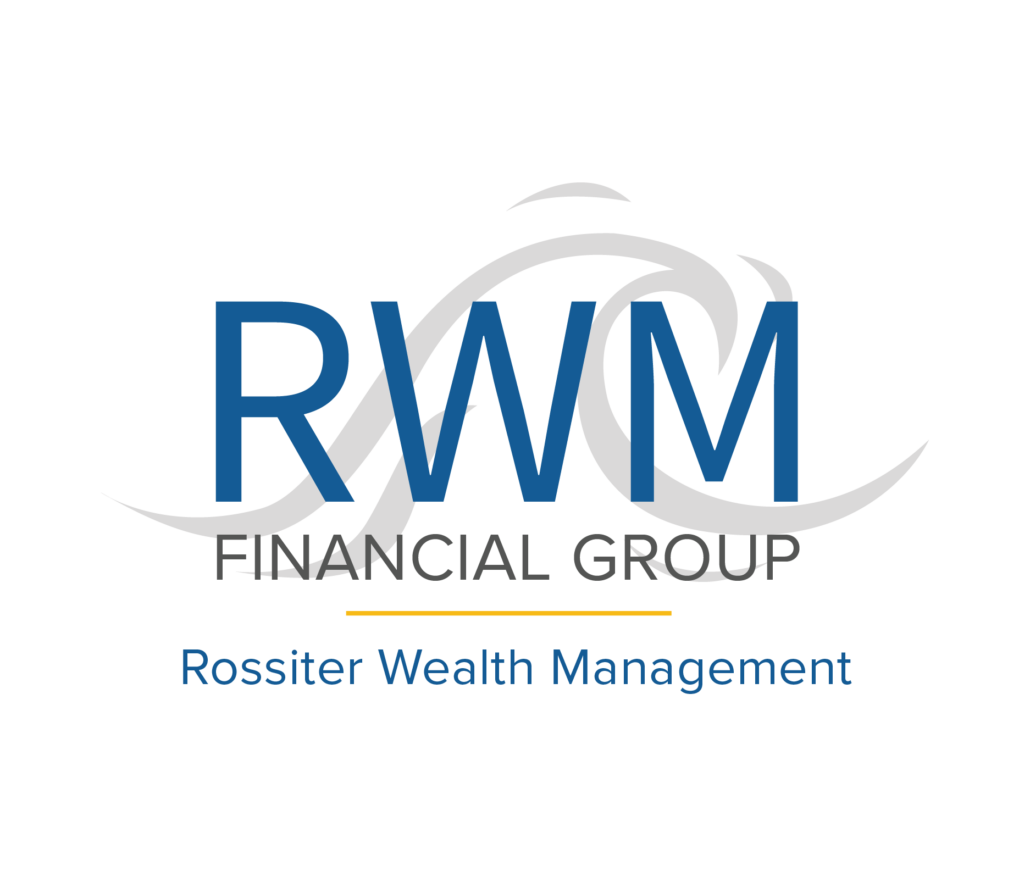Embarking on a financial journey can often feel like setting sail on vast, uncharted waters. With so many decisions to make and potential storms to weather, having a seasoned navigator by your side can make all the difference. This is where the concept of a SmartVestor Pro comes into the picture, and RWM Financial Group has stepped up as a valued partner in capacity. Let’s delve into what this partnership means for you and how RWM Financial Group can be the compass you need.
Who is a SmartVestor Pro?
SmartVestor Pros are confidants and strategists who listen to what matters to you. They can help you understand investing options like mutual funds, IRAs, 401(k), and 529 College savings accounts. They believe are in alignment with Dave Ramsey’s core financial principles. These include the belief that eliminating debt and investing with a long-term perspective is the surest path to financial independence. RWM Financial Group, as a SmartVestor Pro, embodies this philosophy, offering guidance rooted in these foundational beliefs.
They advocate for Dave Ramsey’s teachings but also practice them in their financial advising. This ensures that when you partner with a SmartVestor Pro like RWM Financial Group, you’re getting advice from someone who genuinely walks the walk, ready to guide you toward financial freedom.
Why Choose RWM Financial Group as Your SmartVestor Pro?
In the vast sea of financial advisors, distinguishing those who genuinely have your best interests at heart can be daunting. RWM Financial Group stands out in this crowd, committed to being a partner you can rely on, value, and feel comfortable with as you share your financial goals and concerns.
Save You Time
Picture this: no more late-night scrolls through financial news or worrying about market swings. With RWM as your SmartVestor Pro, you can kick back and relax, knowing that we’re diligently keeping an eye on things for you. Your time is valuable, and we’re here to help you reclaim it.
Teach You
Investing can feel overwhelming, but you don’t have to go it alone. Think of us as your friendly guides through the maze of financial jargon and market trends. We’ll break things down in a way that’s easy to understand and empower you to make informed decisions about your money.
Think Big Picture
Life is full of ups and downs, and the market is no different. When things get rocky, we’ll be your steady hand, helping you see the forest for the trees. Together, we’ll focus on your long-term goals and navigate through market changes with grace and perspective.
Embarking on Your Financial Journey with RWM Financial Group
Choosing RWM Financial Group as your SmartVestor Pro means embarking on a financial journey with a partner equipped to navigate the complexities of financial planning. They understand the importance of each decision you make and are committed to guiding you through each step, ensuring a journey that’s not only successful but also true to your values and goals.
Whether you’re taking your first steps towards financial independence or looking to navigate more complex financial challenges, RWM Financial Group, as a SmartVestor Pro, is ready to be your ally. Their expertise, aligned with the trusted principles of Dave Ramsey’s teachings, ensures you have a knowledgeable and dedicated guide by your side.
As you set sail on your financial adventure, consider the difference a dedicated partner like RWM Financial Group can make. With them, you’re not just charting a course to financial success; you’re laying the foundation for a future where your financial dreams can become reality. Contact RWM Financial Group
The SmartVestor program is a directory of investment professionals. Neither Dave Ramsey nor SmartVestor are affiliates of RWM Financial Group or LPL Financial.
